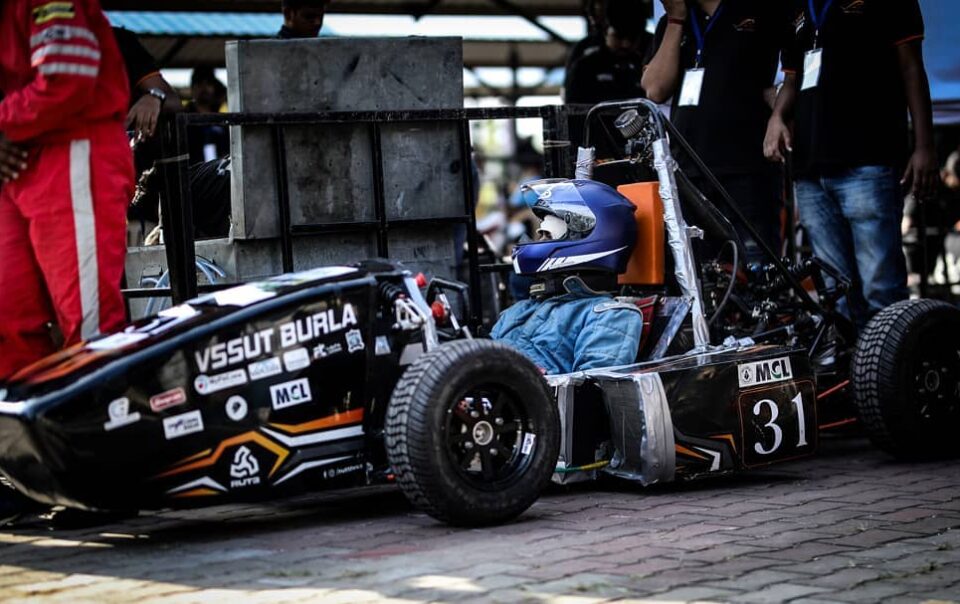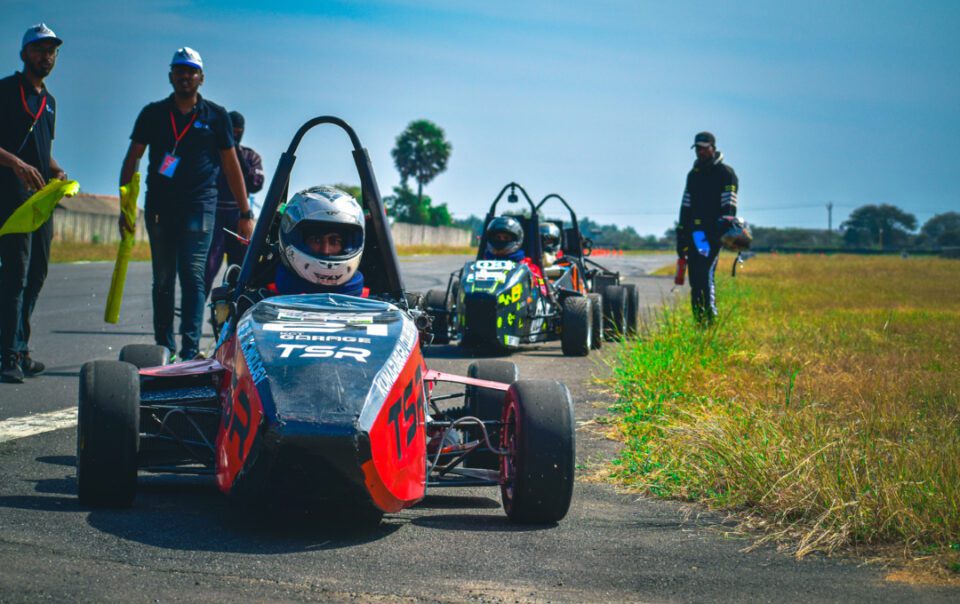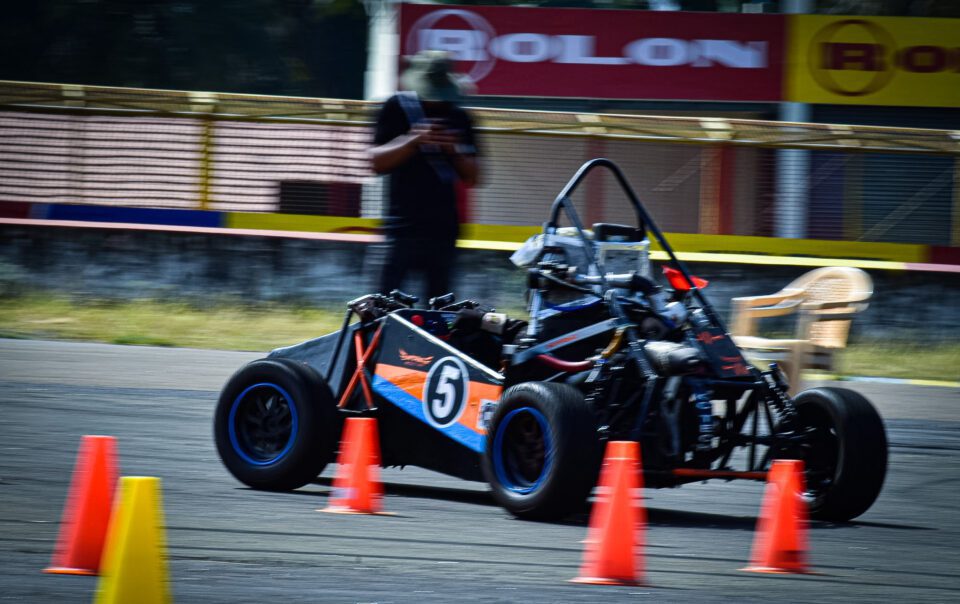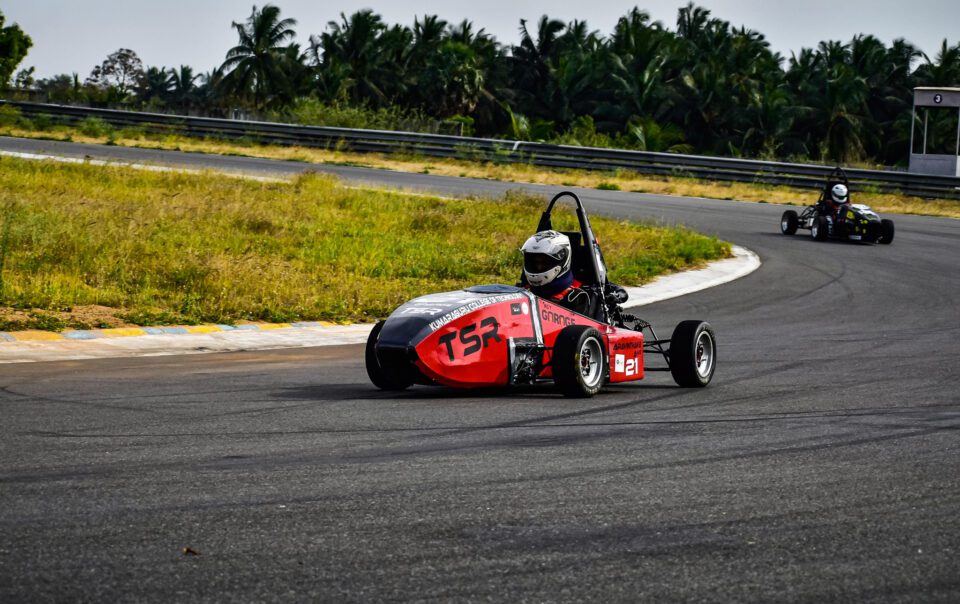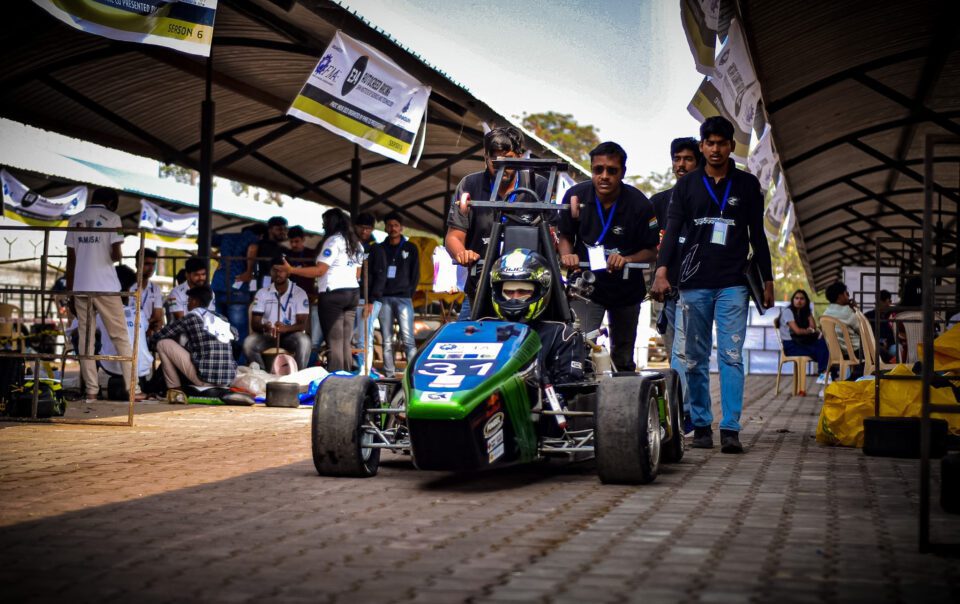Clearing the technical inspection at a Formula Student event is crucial for a team’s success. Here are some detailed tips and tricks to help ensure your car meets the requirements and passes technical inspection smoothly:
Pre-Event Preparation
- Thoroughly Understand the Rulebook
- Read the rulebook multiple times, and ensure every team member, especially the design and fabrication team, is familiar with it.
- Highlight sections relevant to your vehicle (combustion or electric) and ensure compliance with every rule.
- Prepare a Compliance Checklist
- Create a comprehensive checklist based on the rulebook.
- Verify each item against your car during the design, manufacturing, and assembly phases.
- Mock Technical Inspections
- Conduct internal technical inspections with team members simulating actual inspection procedures.
- Invite experienced alumni or advisors to inspect the car and provide feedback.
- Document Your Vehicle
- Prepare and organize all required documents such as the design report, cost report, and technical specifications sheet.
- Maintain a file with certificates for components like the seat belts, fire extinguisher, accumulator, etc.
- Electrical Systems Testing (For EV Teams)
- Perform rigorous testing of the Tractive System, Insulation Resistance, Shutdown Circuit, and Accumulator.
- Ensure proper labeling of High Voltage areas with warning signs.
During Assembly
- Use Clear and Correct Labeling
- Label all switches, circuits, and safety equipment as per the rulebook specifications.
- Color-code wiring for easy identification.
- Ensure Quality Workmanship
- Use proper bolting and welding techniques to avoid weak joints.
- Avoid visible sharp edges; de-burr or cover them with proper materials.
- Check Safety Components
- Confirm proper installation and functionality of seat belts, fire extinguishers, kill switches, and roll hoop bracing.
- Verify firewall integrity and ensure there are no gaps.
- Test Fit the Driver
- Ensure all drivers can easily enter and exit the vehicle within the prescribed time (usually 5 seconds).
- Check for proper seating and harness adjustments.
On the Event Day
- Be Prepared and Organized
- Arrive early at the inspection area.
- Bring all necessary tools and documentation.
- Check Static Conditions
- Inflate tires to the proper pressure.
- Ensure all fluids are at the correct levels and there are no leaks.
- Communicate Clearly
- Assign specific team members to handle different aspects of the inspection.
- Ensure that only those familiar with the car’s systems answer questions from the inspectors.
- Be Open to Feedback
- Listen carefully to the inspectors’ observations and rectify issues immediately.
- Keep a cooperative and professional attitude.
Common Areas to Double-Check
- Cockpit and Driver Safety:
- Confirm unrestricted driver egress.
- Verify seat belt anchorage points and adjustments.
- Braking System:
- Test for dual-circuit brakes with no leaks.
- Ensure the brake pedal returns smoothly.
- Suspension and Steering:
- Verify no excessive play in steering linkages.
- Check for proper installation of dampers and control arms.
- Electrical Systems (For EV):
- Ensure the isolation of high-voltage components.
- Test the shutdown button functionality.
- Engine and Exhaust (For IC):
- Confirm no exhaust leaks and proper muffler installation.
- Ensure the intake restrictor meets the specified dimensions.
Post-Inspection
- Take Notes
- Document the feedback from inspectors for future reference.
- If repairs or modifications are needed, ensure they are done accurately and re-inspect the specific areas.
- Be Proactive
- Stay available near the inspection area to address any last-minute queries.
General Tips
- Stay calm and composed throughout the inspection process.
- Use checklists and ensure every small detail is accounted for.
- Build a habit of self-inspection during the manufacturing process to avoid last-minute surprises.
By being diligent and proactive, your team can significantly improve the chances of clearing the technical inspection smoothly and efficiently.
